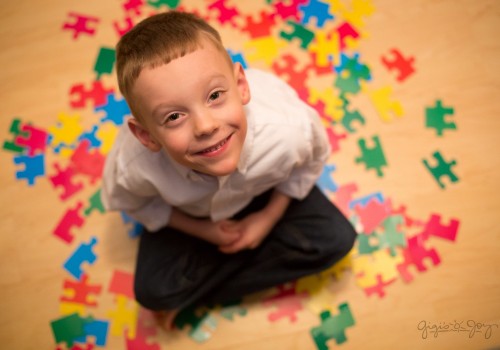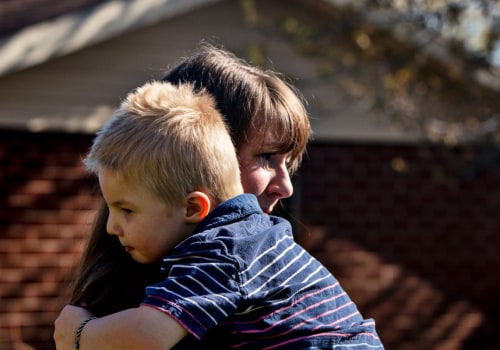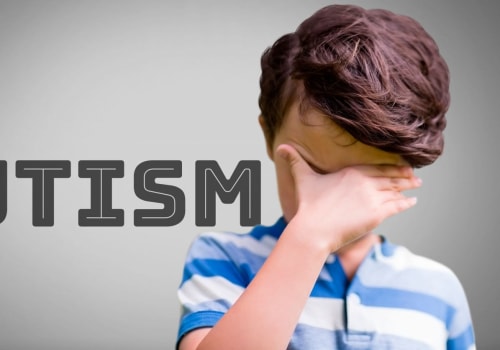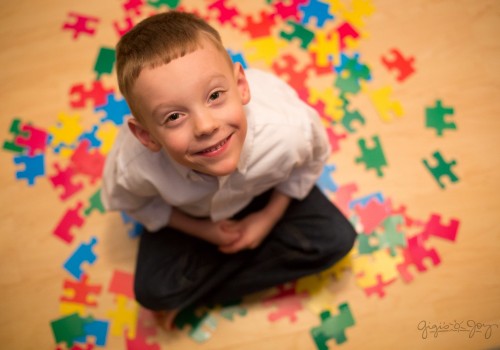Autism spectrum disorder (ASD) is a developmental disorder that can be diagnosed as early as 14 months. It is characterized by social communication challenges and specialized health care providers use a checklist of criteria to assess the severity of autism symptoms. Many people with autism have sensory problems, such as excessive or insufficient sensitivity to sounds, lights, touch, tastes, smells, pain, and other stimuli. It is also associated with high rates of certain physical and mental health conditions.
If a child doesn't smile or show any warm expression, it may be a sign of autism spectrum disorder. The American Academy of Pediatrics recommends that health professionals check for early signs of autism in the checkups of an 18- and 24-month-old child. As your child grows older, certain signs become a little less clear compared to the first few months. Caregivers should observe their child's developmental milestones in order to detect early signs of autism.
When looking for early signs of autism spectrum disorder, there are developmental milestones that children are expected to reach certain ages, such as babbling at four months of age and being able to use simple sentences by age two. However, in recent years, awareness of autism spectrum disorder in adults has increased significantly. Most children with autism spectrum disorder show signs before they are 2 years old, which may make early diagnosis and intervention possible. According to studies with babies with eye tracking technology, lack of eye contact is one of the signs that the newborn may have autism. So what are the top 10 signs of autism? Here is a list:
- Lack of eye contact
- No big smiles or warm expressions
- Delayed speech development
- Difficulty understanding other people's feelings
- Difficulty making friends
- Repetitive behaviors
- Unusual reactions to sounds, smells, tastes, textures, lights and colors
- Difficulty adapting to changes in routine
- Unusual body movements
- Lack of interest in interactive games
If you notice any of these signs in your child or loved one, it is important to seek professional help from a specialist.




Leave a Comment